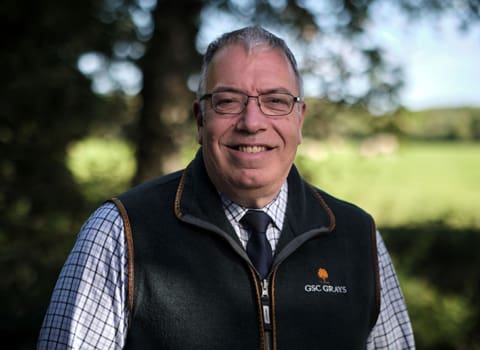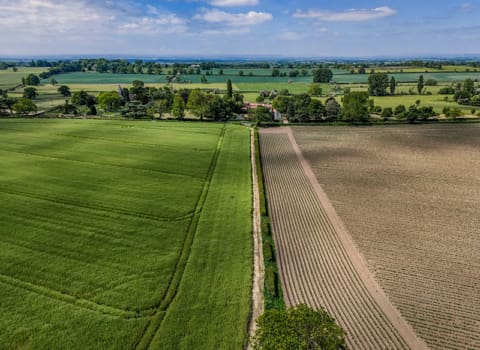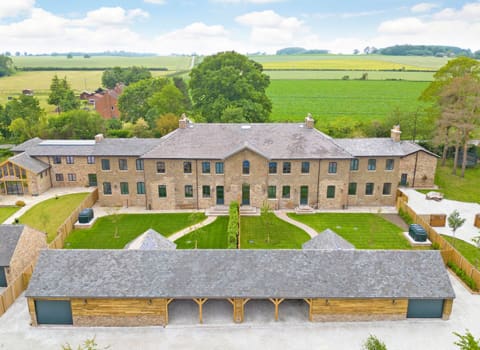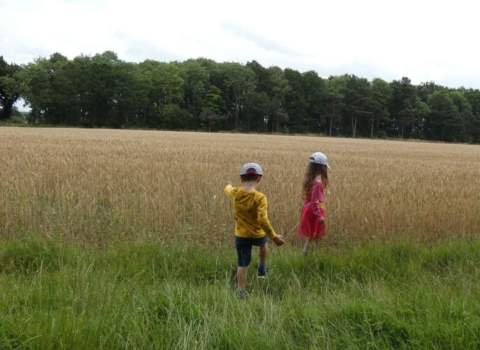Contact our offices
Main office
COLBURN
5 & 6 BAILEY COURT
COLBURN BUSINESS PARK
RICHMOND
NORTH YORKSHIRE
DL9 4QL
Estate Agency Offices are located in
BARNARD CASTLE, BOROUGHBRIDGE & RICHMOND
Residential Management Team
Our Offices
- Alnwick
01665 568310
Email Officealnwick@gscgrays.co.uk - Barnard Castle
01833 637000
Email Officebarnardcastle@gscgrays.co.uk - Boroughbridge
01423 590500
Email Officeboroughbridge@gscgrays.co.uk - Chester-Le-Street
0191 3039540
Email Officechester-le-street@gscgrays.co.uk - Colburn
01748 897630
Email Officecolburn@gscgrays.co.uk - Driffield
01377 337180
Email Officedriffield@gscgrays.co.uk - Hamsterley
01388 487000
Email Officehamsterley@gscgrays.co.uk - Hexham
01434 611565
Email Officehexham@gscgrays.co.uk - Kirkby Lonsdale
01524 880320
Email Officekirkbylonsdale@gscgrays.co.uk - Penrith
01768 597005
Email Officepenrith@gscgrays.co.uk
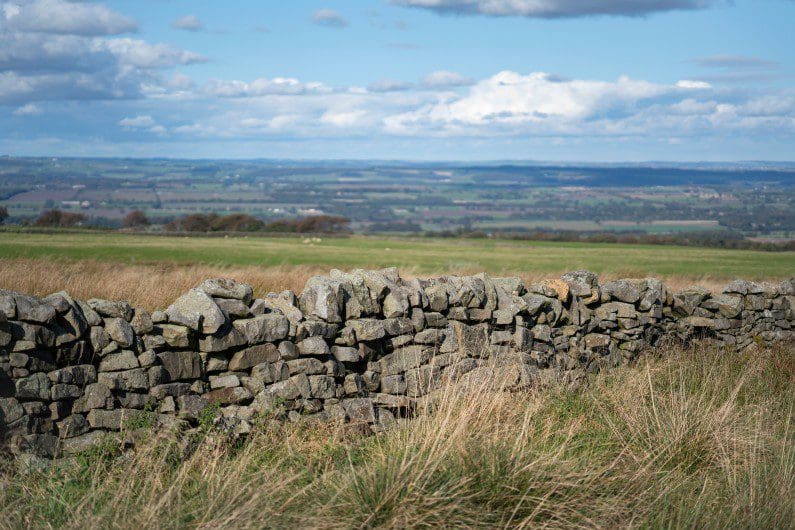
WHAT IS FIPL?
The Farming in Protected Landscapes Scheme (FiPL) is part of DEFRA’s Agricultural Transition Plan which was launched in June 2021. The FiPL application window opened in July 2021 and will run for three years, ending in March 2024.
FiPL will provide funding for one-off projects that support the four key themes:
Climate – Deliver net zero and mitigate the impacts of climate change.
Nature – Deliver and support nature recovery.
People – Provide a natural health and well-being service by creating more opportunities for people to explore the landscape.
Place – Enhance the quality and character of the landscape and support nature friendly, sustainable farm businesses.
For an application to be successful, projects must deliver on at least one of these outcomes, but the more outcomes delivered, the better the application will score.
Applications are to be made to the local protected landscape body and they will work with applicants to build a scheme that meets the aims and objectives set out in their local management plans.
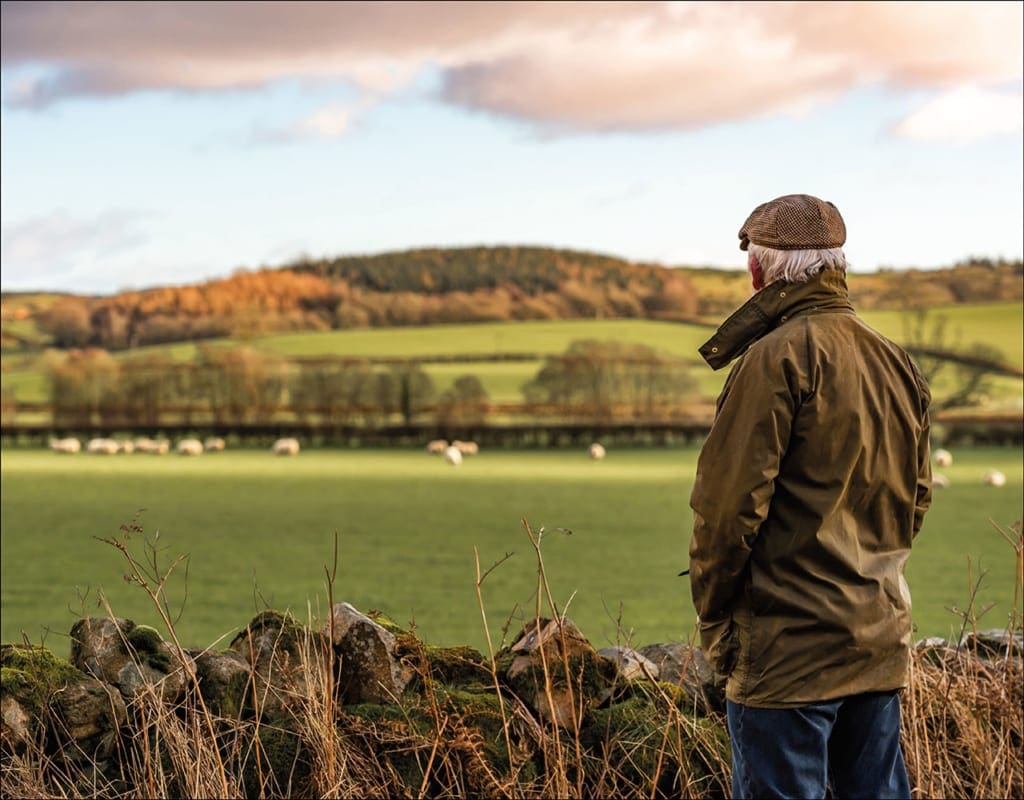
WHAT DOES THE FUNDING COVER?
Examples of types of work or projects that are relevant to the outcomes could include:
Creation of wetland areas to support a variety of wildlife.
Provide new and easier access opportunities, including links to Public Rights of Way.
Action to reduce carbon emission and plastic use.
Conserving historic features.
Restoring boundaries.
These examples could be delivered by the grant paying for items such as professional advice, new farm equipment, a farm carbon audit, building works and permissive footpath infrastructure. To get started, all that is needed is an idea on what outcomes could be achieved, and applicants can work with their local FiPL officer to deliver a viable proposal.
HOW WILL APPLICATIONS BE SCORED?
Applications will be scored using a four-stage system.
40% for project outcomes – climate, nature, people, and place.
20% for value for money.
20% for how sustainable the project is or the legacy it will leave.
20% for how likely you are to carry out the project.
It is expected that the local assessment panel will meet to make decisions every 6 – 8 weeks, meaning the application process is ongoing and flexible.
HOW MUCH FUNDING IS AVAILABLE?
The amount of funding will vary depending on the project. Up to 100% of the project costs could be offered if the applicant will not make a commercial gain. If there is a commercial gain, then funding will vary depending on the size of the gain. If there is a gain, funding will more likely be either 40% or 80% of the eligible costs.
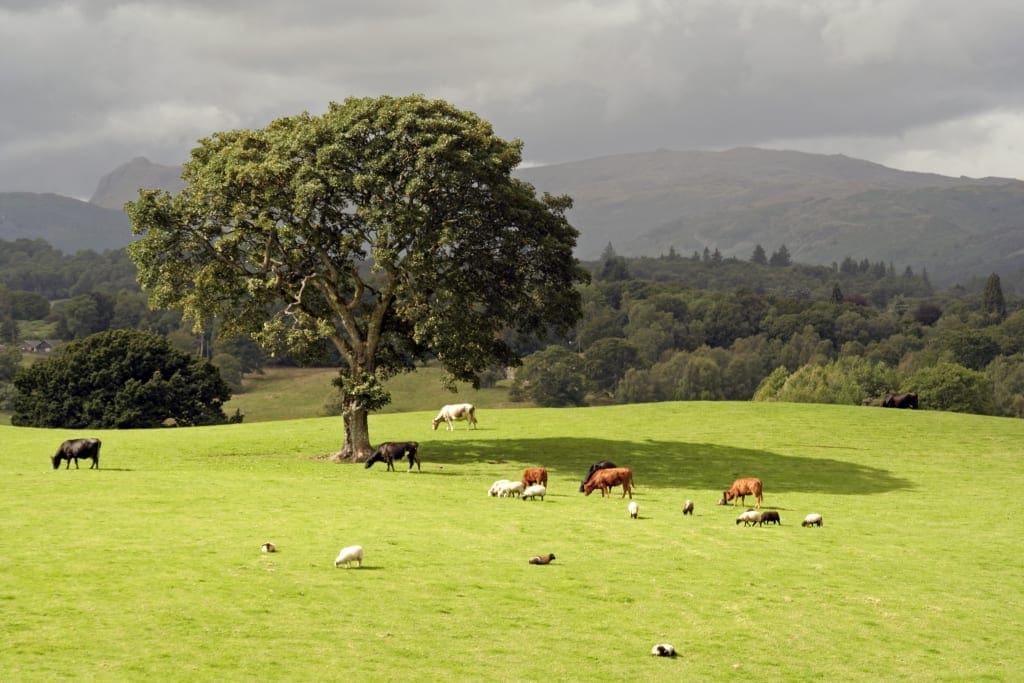
FIPL AND EXISTING DEFRA SCHEMES
A major positive of FiPL is that it can work alongside existing Defra schemes, such as Countryside Stewardship. This is key, as it is highly likely that farms in protected landscapes will already be within an existing scheme. That said, works cannot be ‘double funded’, so applicants cannot receive a payment for a project if they are already receiving a payment through stewardship.
In addition, other schemes can have strict restrictions and prescriptions in order to meet the outcomes and receive the payment. From initial experience with FiPL, there appears to be a more flexible approach to projects and their specification. If the project is the same as one that could be delivered through Countryside Stewardship, the applicant would receive the same payment rate. As such, FiPL could certainly be beneficial to those wishing to undertake a bespoke project.
SUMMARY
The Government has clearly set out its key objectives for the Agricultural Transition Plan; improve the environment, improve animal health and welfare, and reduce carbon emission. It is clear that the Farming in Protected Landscapes Scheme will go some way towards these objectives.
It is believed that a well-designed scheme will not only meet Government objectives but will also provide significant benefit to farmers and members of the public in England.



